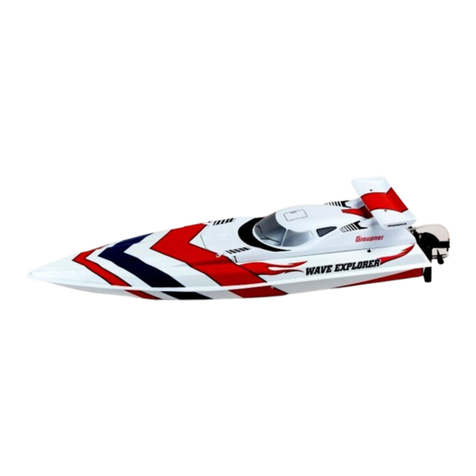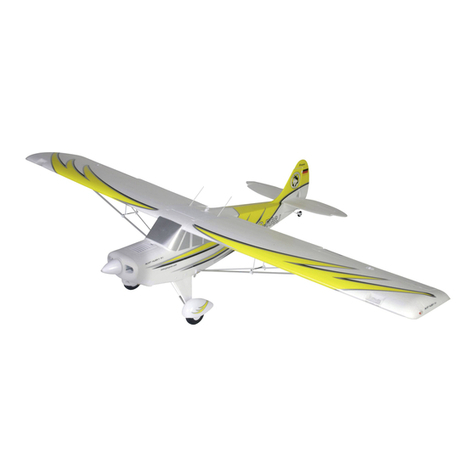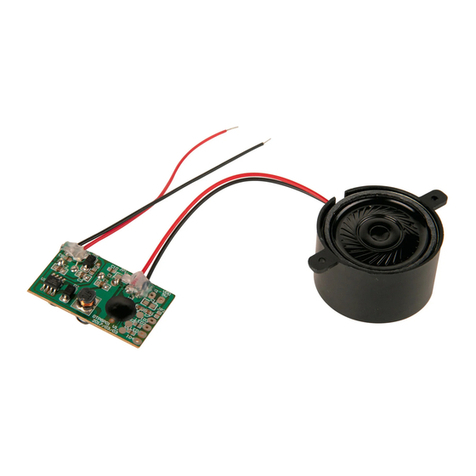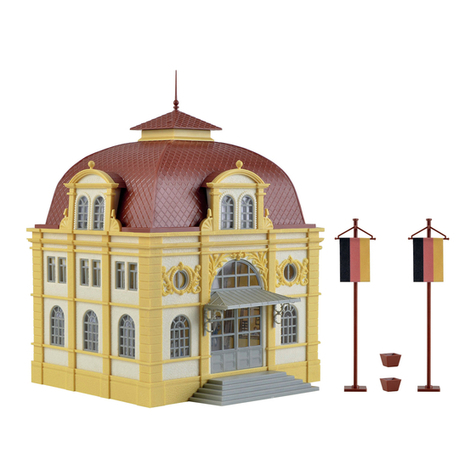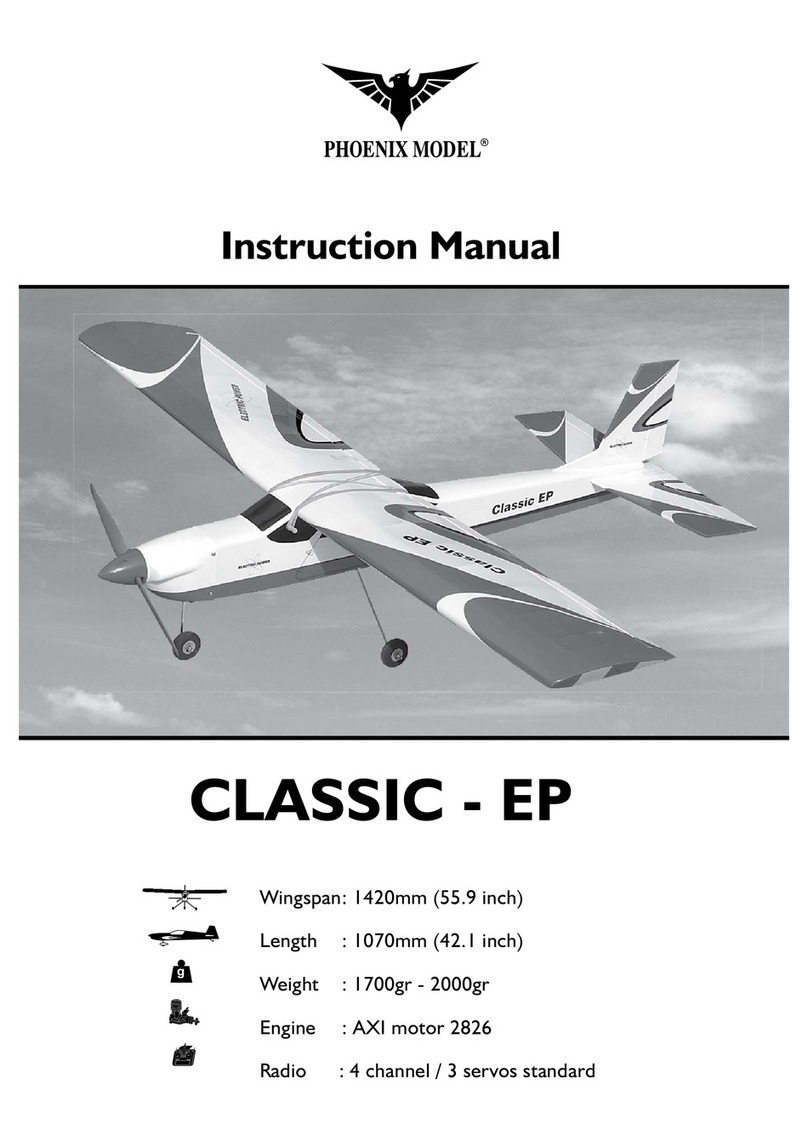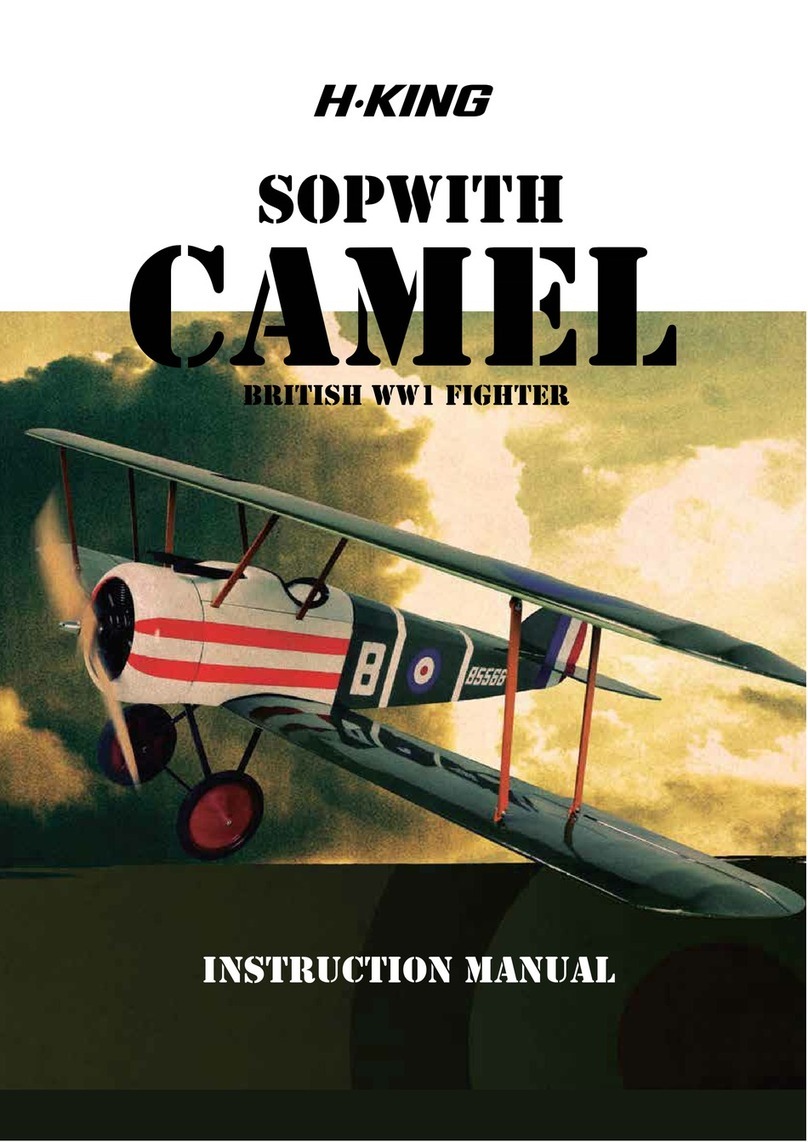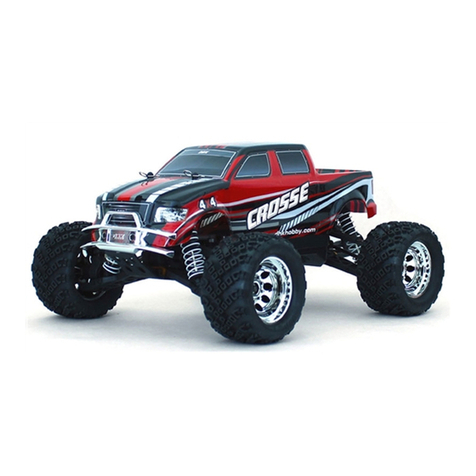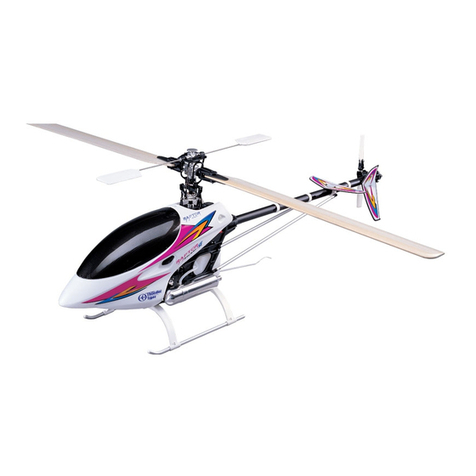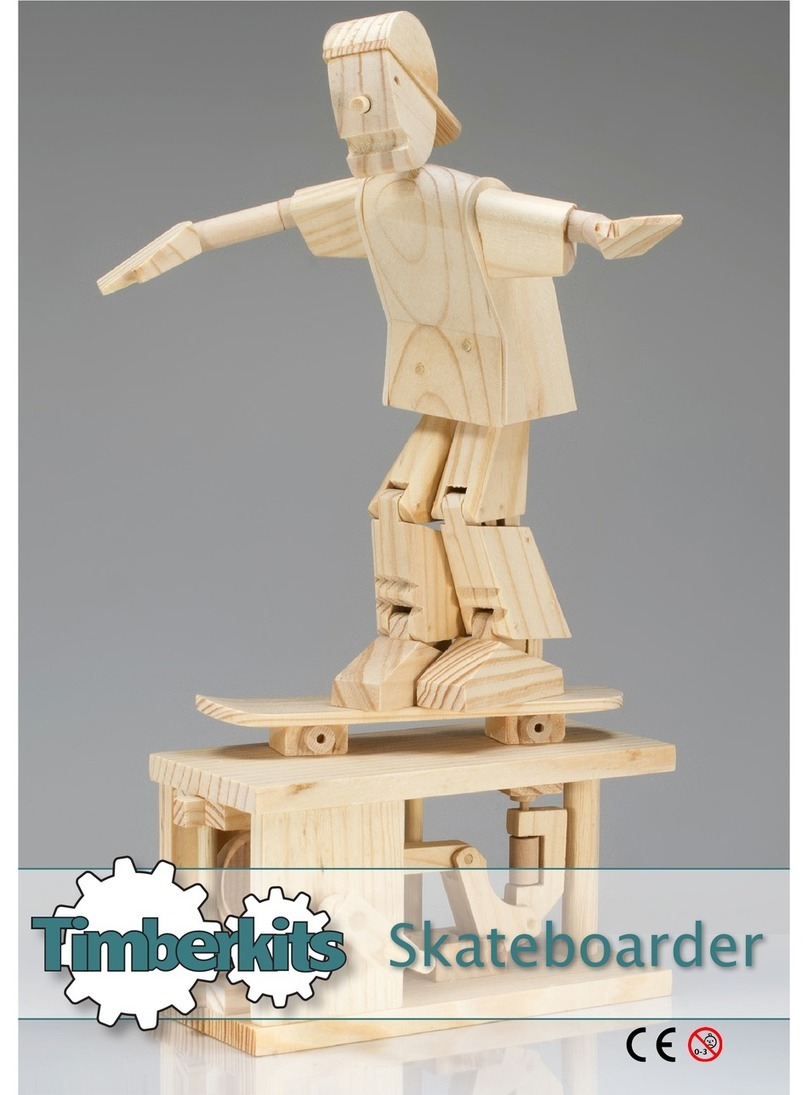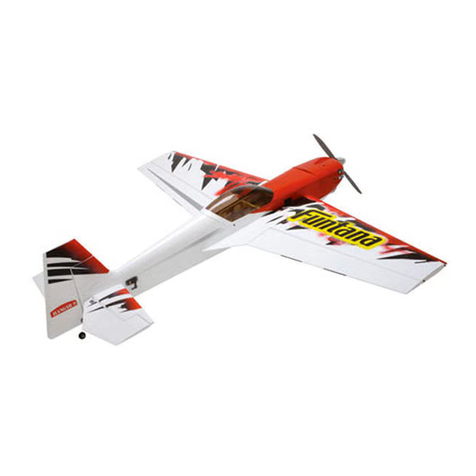GRAUPNER YAK 11 RENO User manual
Other GRAUPNER Toy manuals

GRAUPNER
GRAUPNER HoTT Deluxe 9932.100 User manual

GRAUPNER
GRAUPNER Krabbe TON 12 User manual
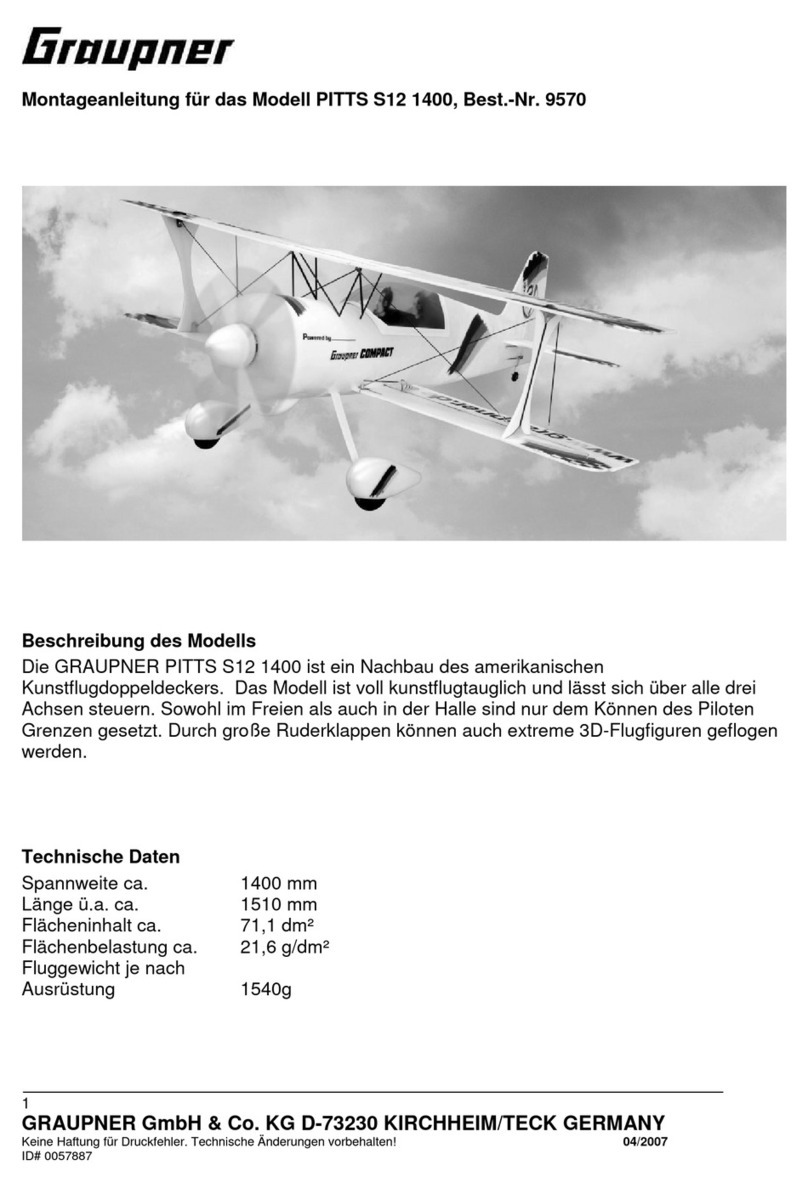
GRAUPNER
GRAUPNER PITTS S12 Instruction Manual
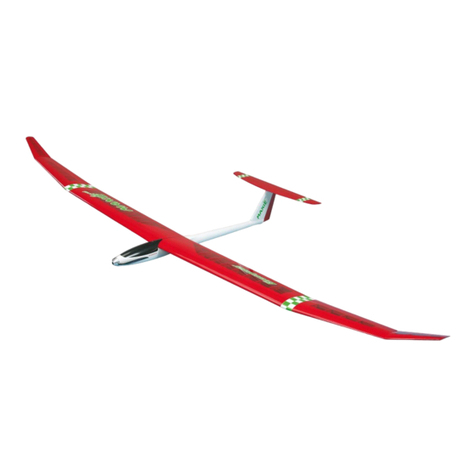
GRAUPNER
GRAUPNER MAXIE SPORT 490 Instruction Manual

GRAUPNER
GRAUPNER ALPINA 3001 ELEKTRO User manual
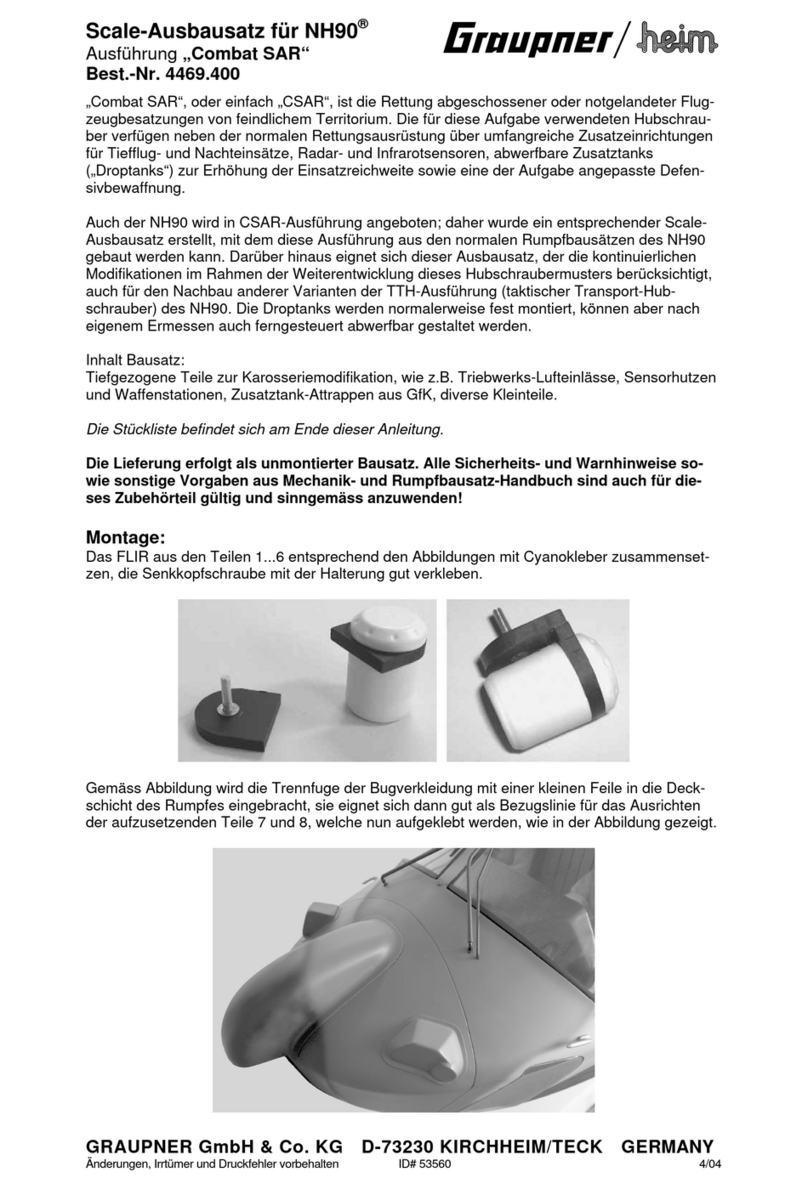
GRAUPNER
GRAUPNER 4469.400 User manual

GRAUPNER
GRAUPNER EPIC Victory S User manual
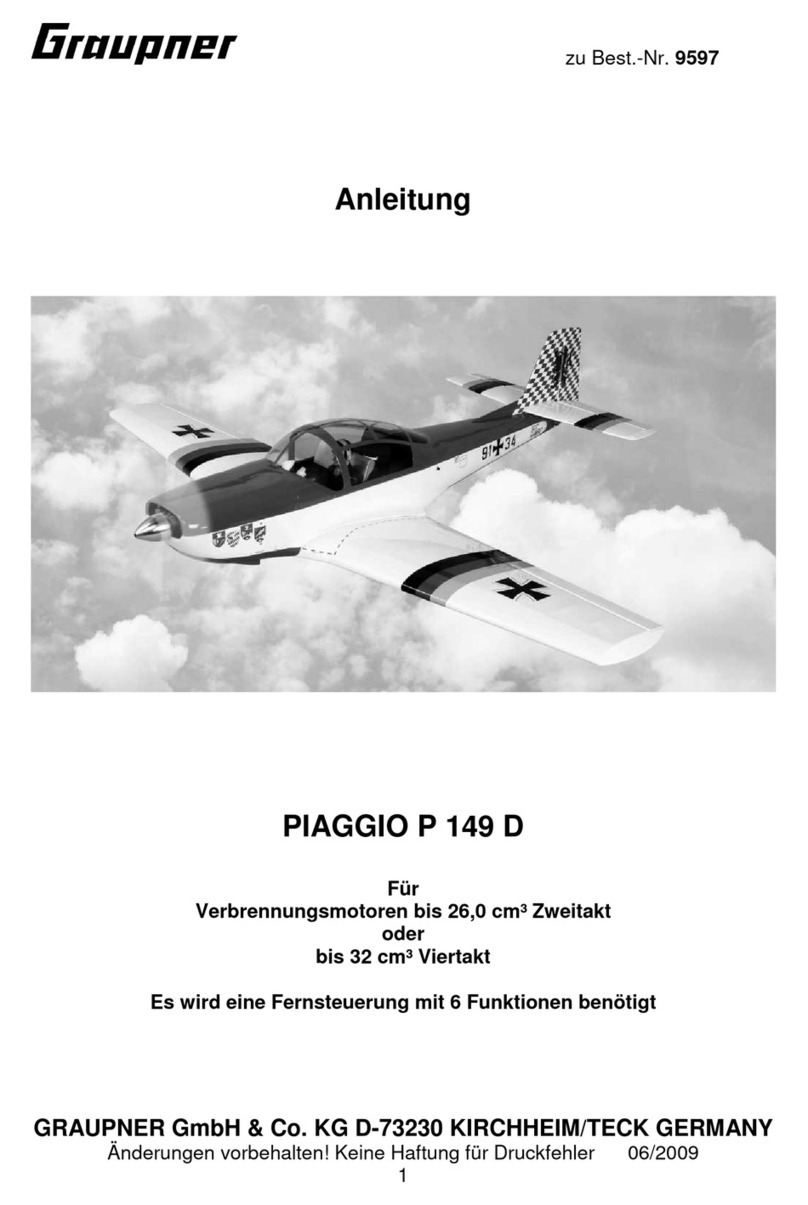
GRAUPNER
GRAUPNER PIAGGIO P 149 D User manual

GRAUPNER
GRAUPNER Smaragd Instruction Manual

GRAUPNER
GRAUPNER North American Harvard AT 6 Instruction Manual
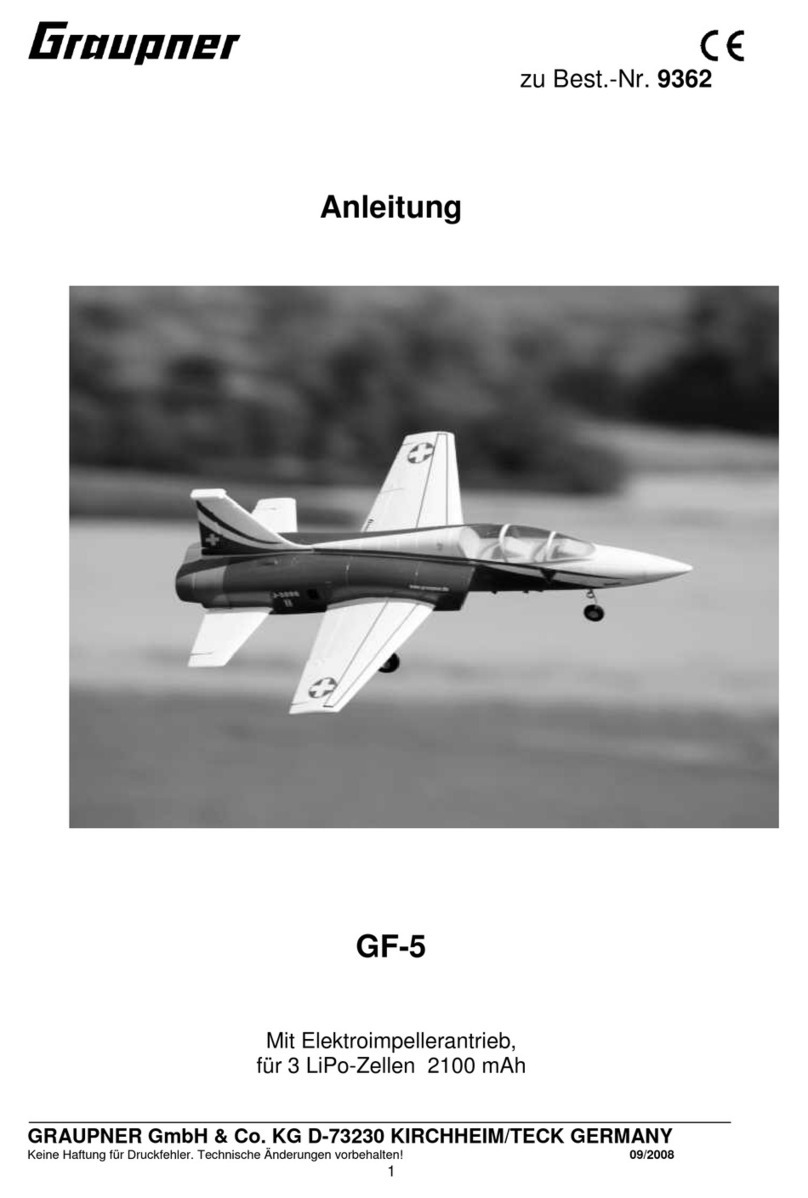
GRAUPNER
GRAUPNER GF-5 User manual

GRAUPNER
GRAUPNER 9545 Instruction Manual

GRAUPNER
GRAUPNER ROMMEL User manual

GRAUPNER
GRAUPNER AMIGO IV User manual
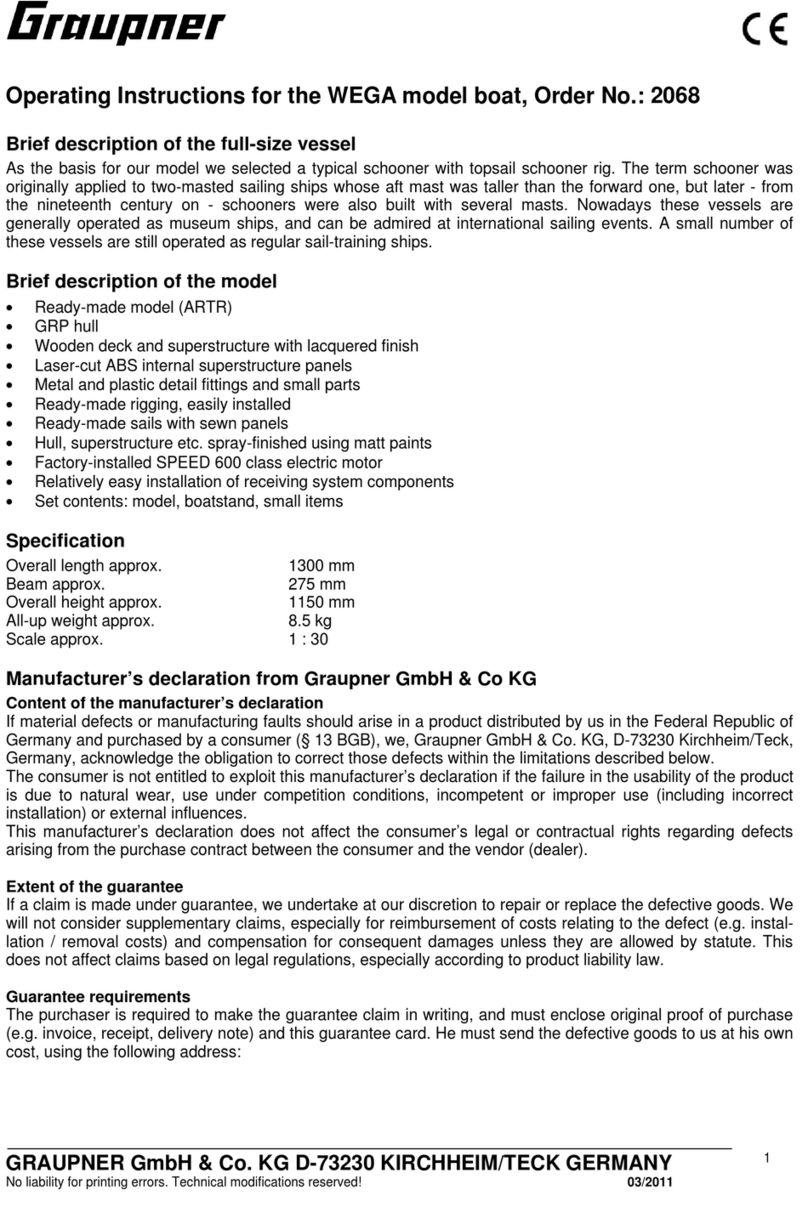
GRAUPNER
GRAUPNER WEGA User manual
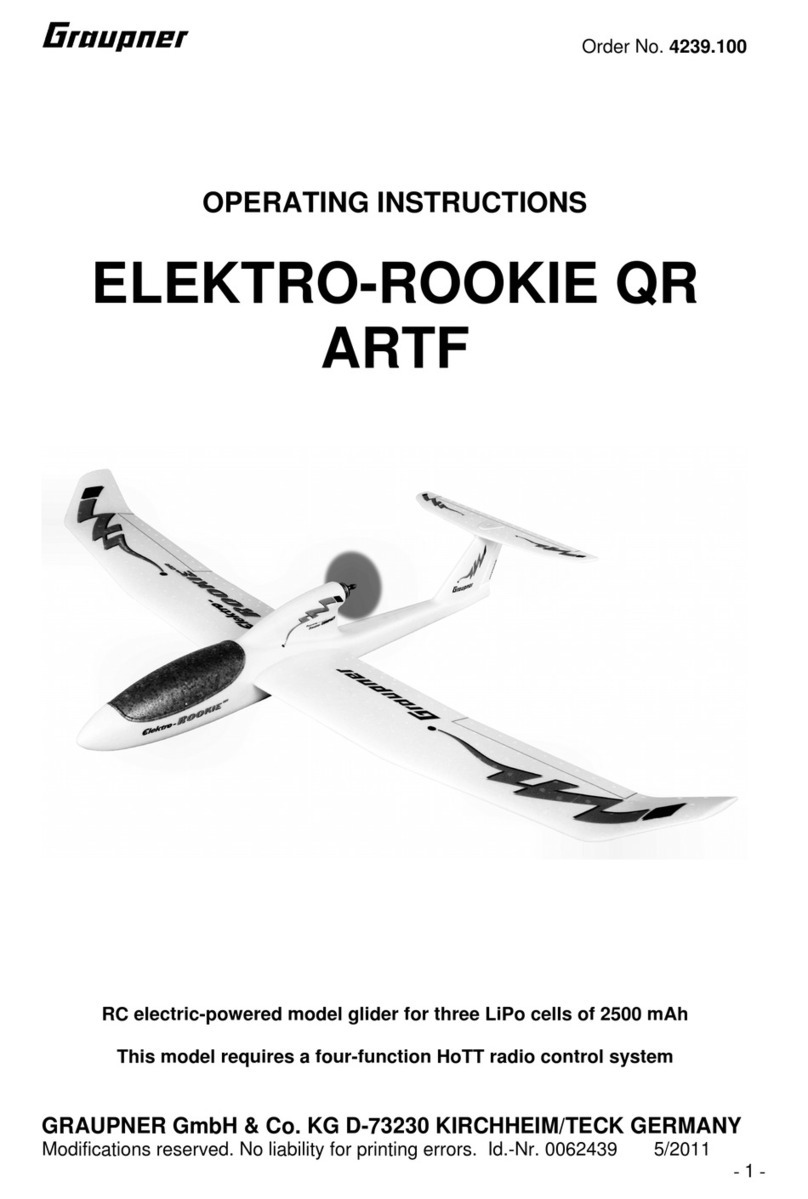
GRAUPNER
GRAUPNER Elektro-Rookie QR ARTF User manual
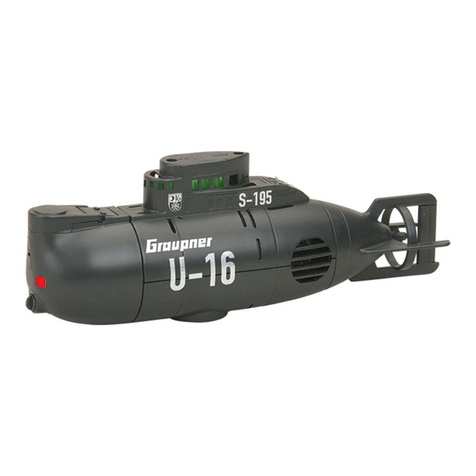
GRAUPNER
GRAUPNER U-16 EMDEN User manual
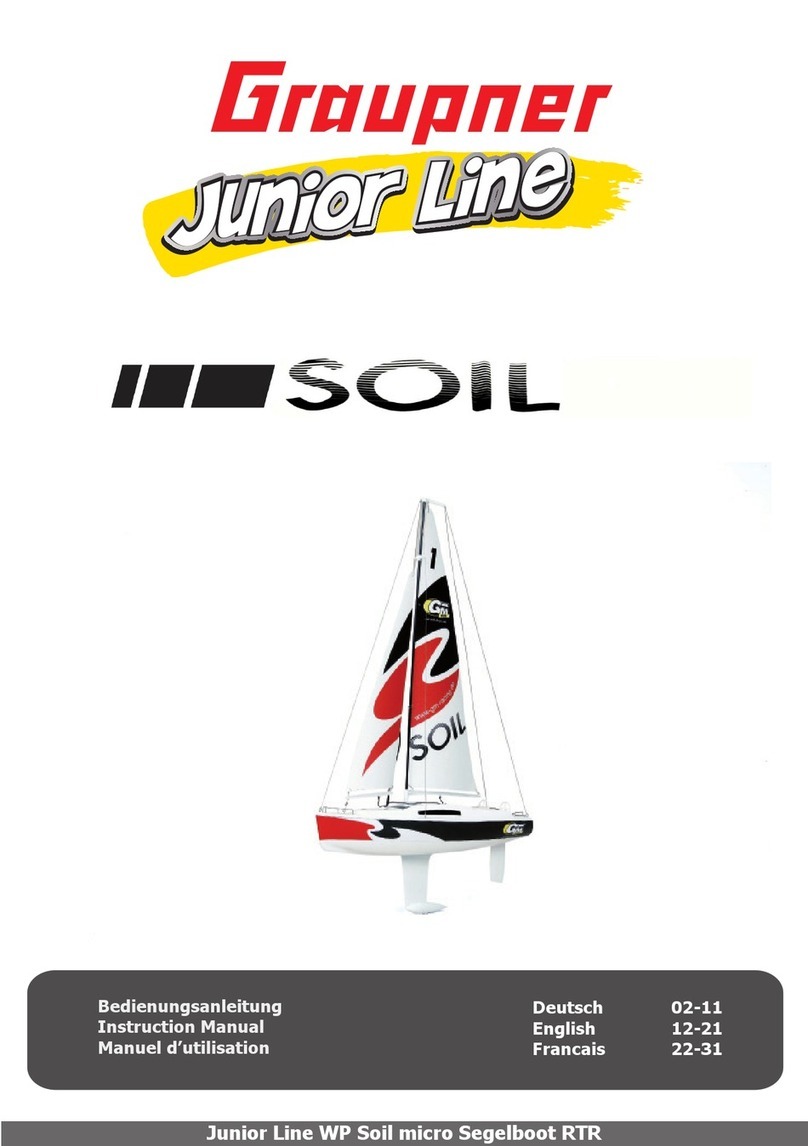
GRAUPNER
GRAUPNER Junior Line Series User manual

GRAUPNER
GRAUPNER POWERKAT X User manual
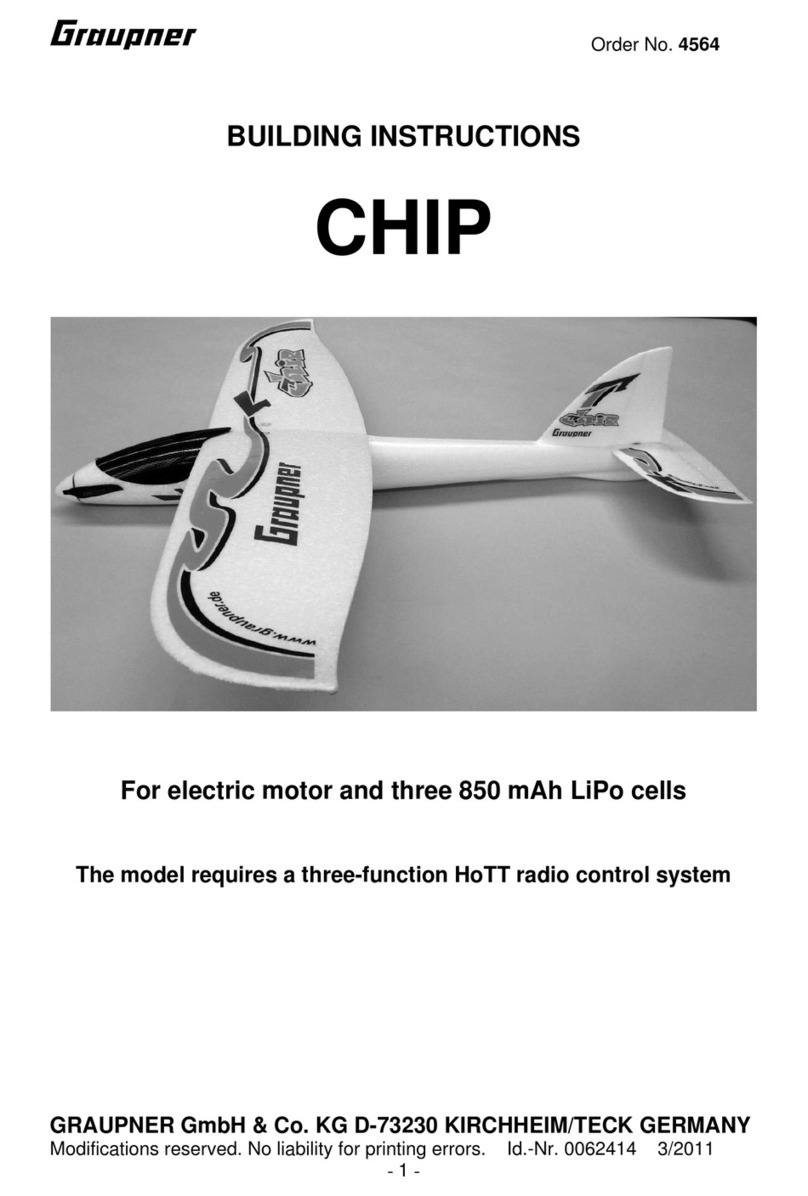
GRAUPNER
GRAUPNER CHIP Instruction Manual
Popular Toy manuals by other brands
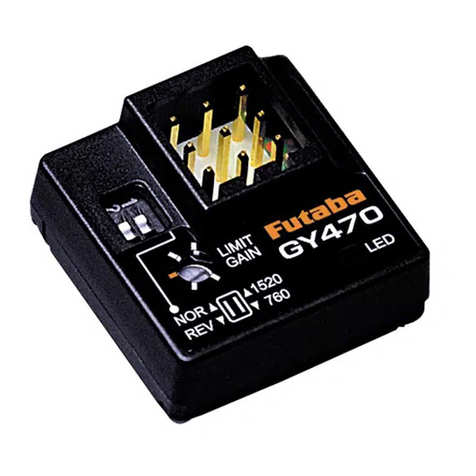
FUTABA
FUTABA GY470 instruction manual
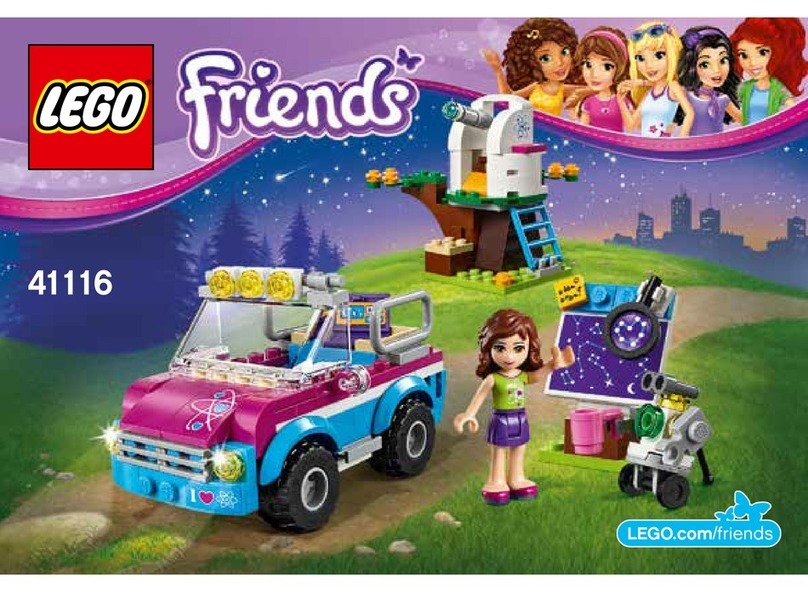
LEGO
LEGO 41116 manual

Fisher-Price
Fisher-Price ColorMe Flowerz Bouquet Maker P9692 instruction sheet
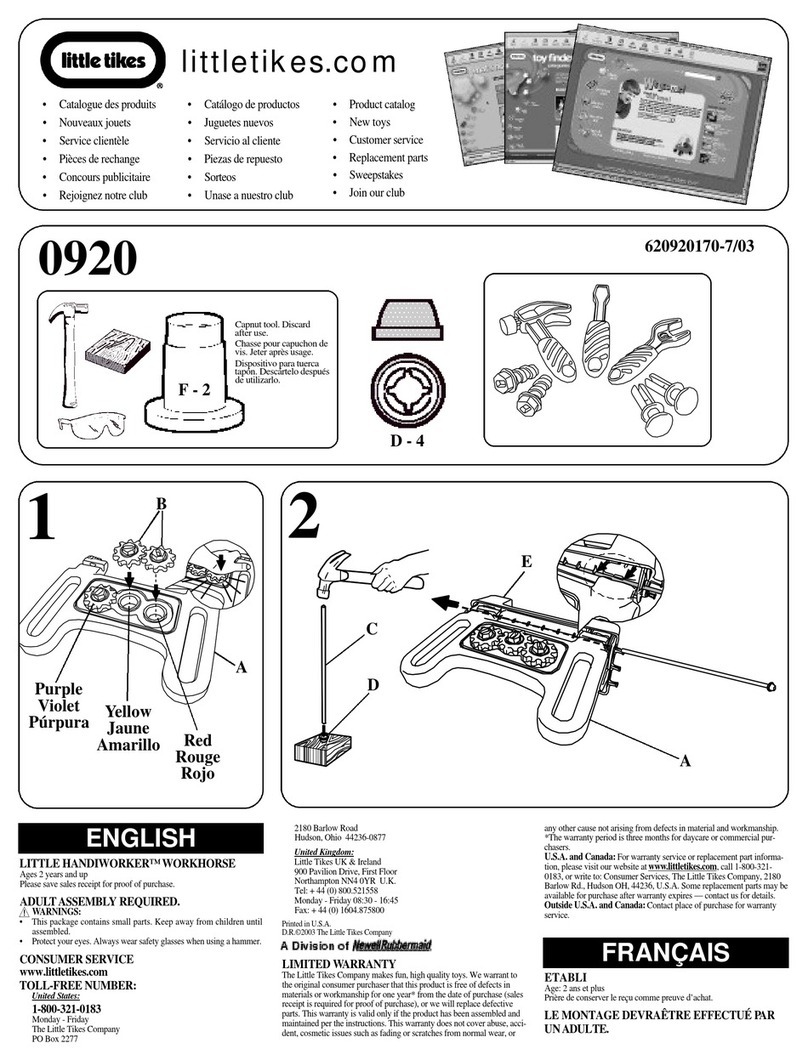
Little Tikes
Little Tikes LITTLE HANDIWORKER 0920 Assembly instructions

Eduard
Eduard EF-2000 Two-seater exterior Assembly instructions
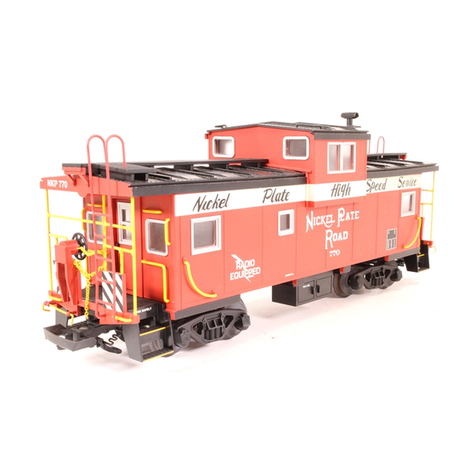
USA Trains
USA Trains EXTENDED VISION CABOOSE instructions
